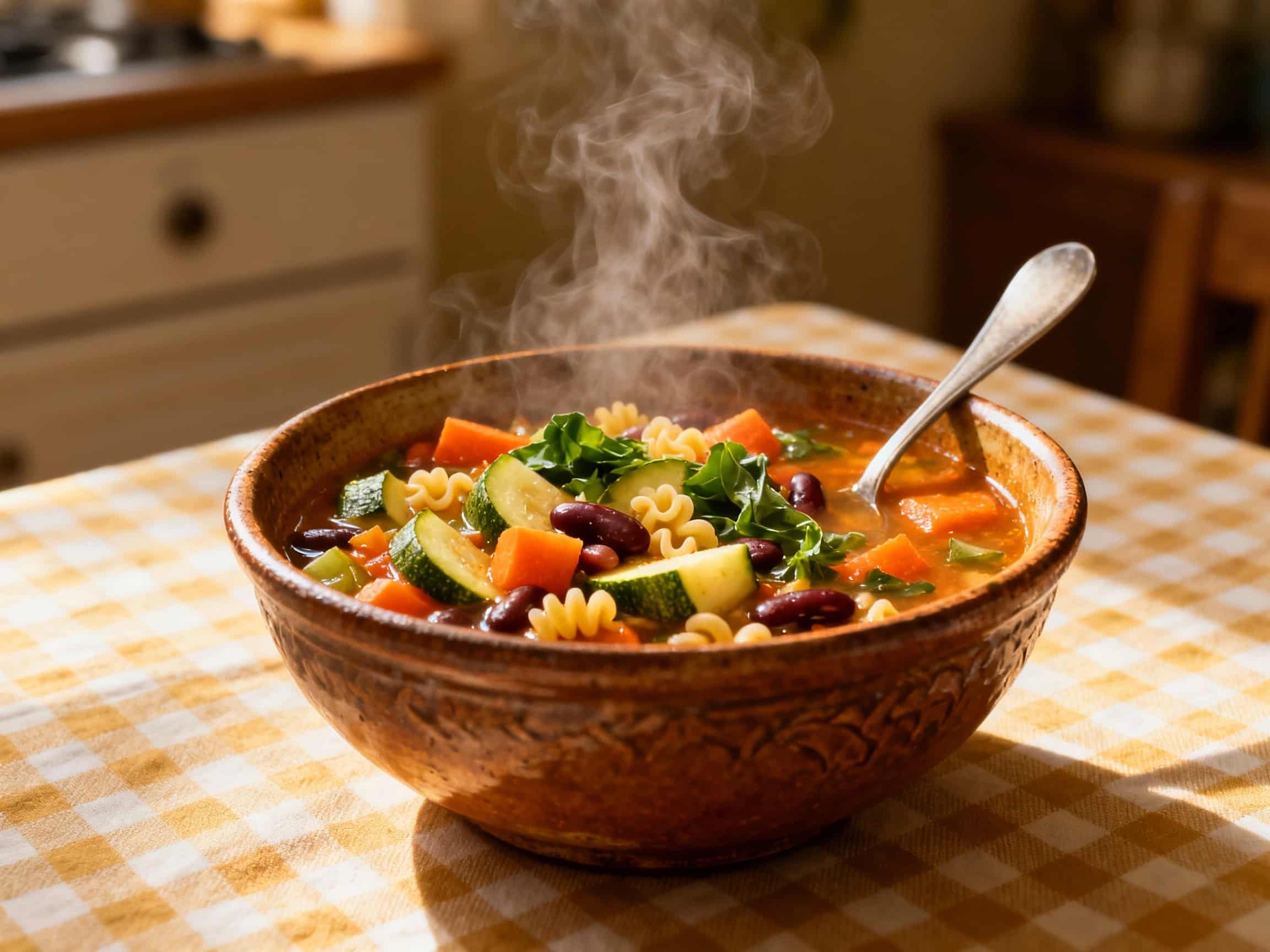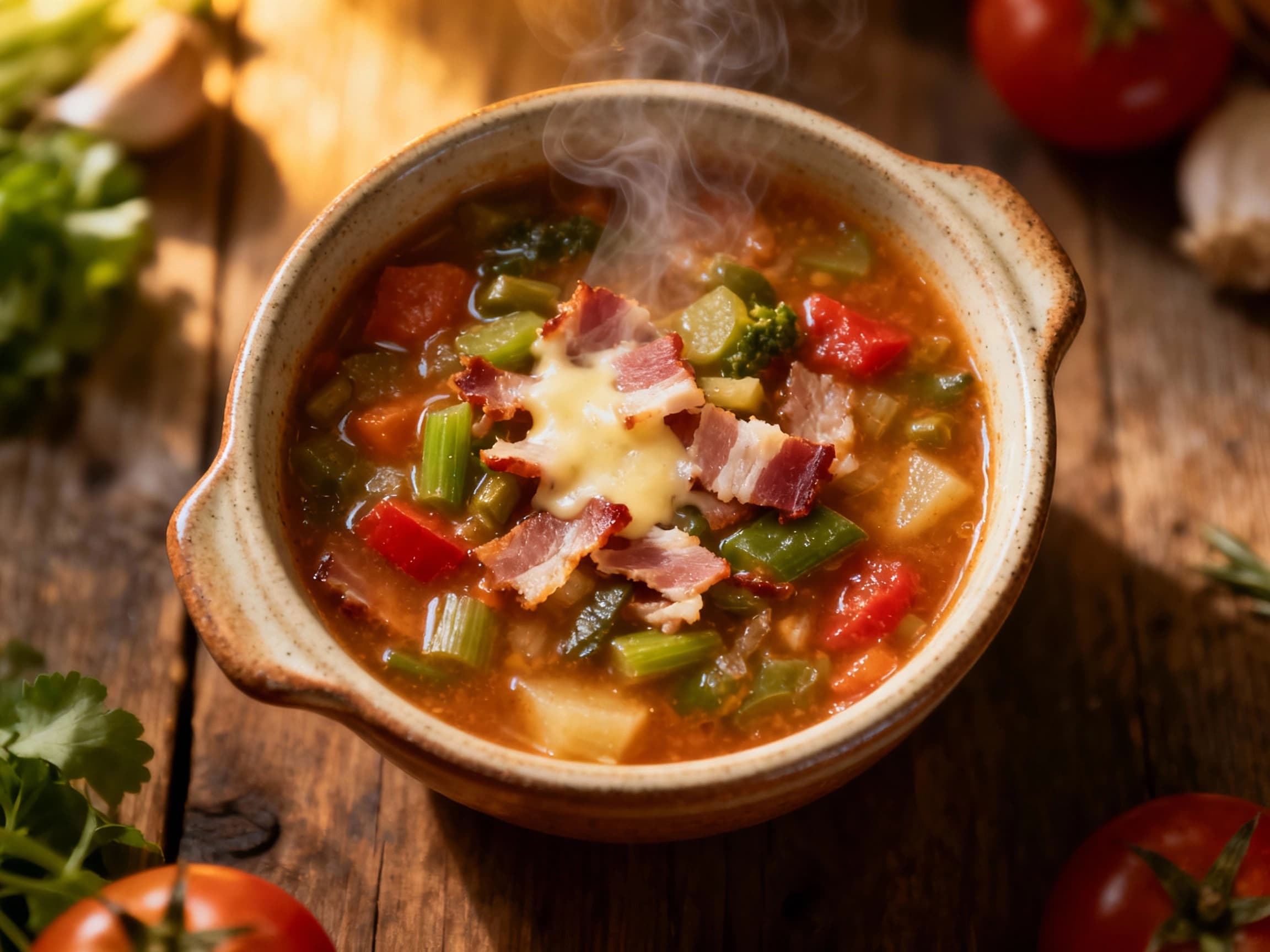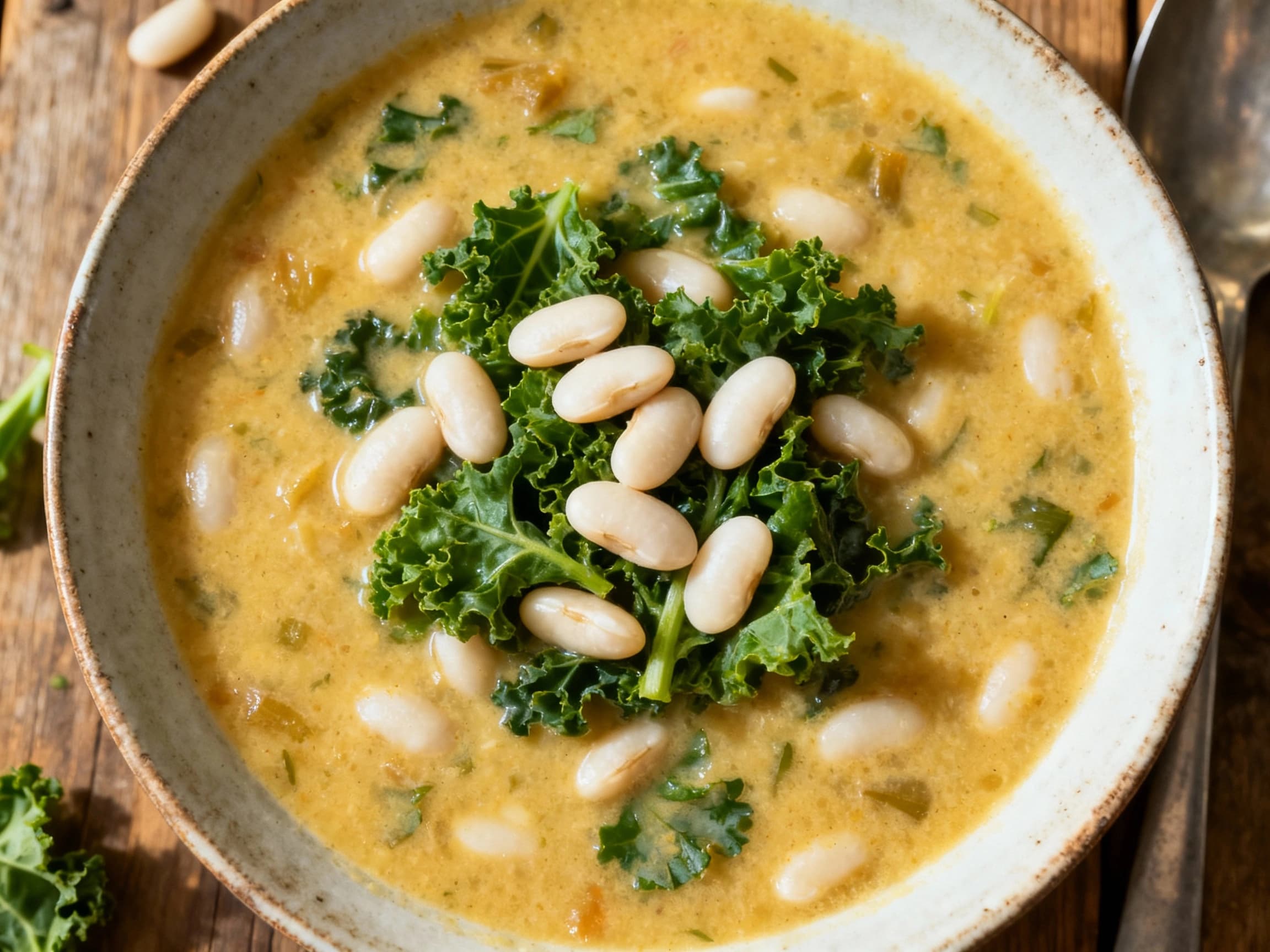
Minestrone
Minestrone
- Country
- Italy
- Region
- Lombardy
- Recipes
- 3 Recipes
Dish information
Minestrone, a quintessential Italian vegetable soup, boasts a history as rich and varied as its ingredients. The name derives from 'minestra,' which means soup, and the augmentative suffix '-one,' implying a 'big soup,' highlighting its hearty and substantial nature. Its origins can be traced back to ancient Rome, where simple vegetable pottages were common. As Rome expanded and new ingredients like tomatoes and potatoes arrived from the Americas in the 16th century, Minestrone began to take on its more recognizable form. Unlike fixed recipes, Minestrone is inherently flexible, traditionally made with whatever seasonal vegetables are available, often including beans, carrots, celery, onions, varied leafy greens, and sometimes short pasta or rice. This adaptability made it a staple of 'cucina povera' (peasant cooking), allowing families to create a nourishing meal from humble ingredients. While specific regional variations exist, such as Milanese Minestrone often featuring rice, the spirit of Minestrone remains consistent across Italy: a warm, comforting, and deeply flavorful celebration of seasonal produce, embodying the resourcefulness and culinary wisdom of Italian home cooking.
Timeline
Early Roman grain and vegetable pottages, precursors to Minestrone.
Introduction of New World ingredients like tomatoes profoundly influences Minestrone.
Minestrone solidifies its identity as a versatile, staple Italian soup.
Regional variations of Minestrone develop across Italy, some incorporating pasta or rice.
Minestrone becomes a globally recognized symbol of Italian comfort food.


